
Mackinac Island’s Field of Dreams
“The one constant through all the years…has been baseball. America has rolled by like an army of steamrollers…It reminds us of all that once was good, and that could be again.”

“The one constant through all the years…has been baseball. America has rolled by like an army of steamrollers…It reminds us of all that once was good, and that could be again.”
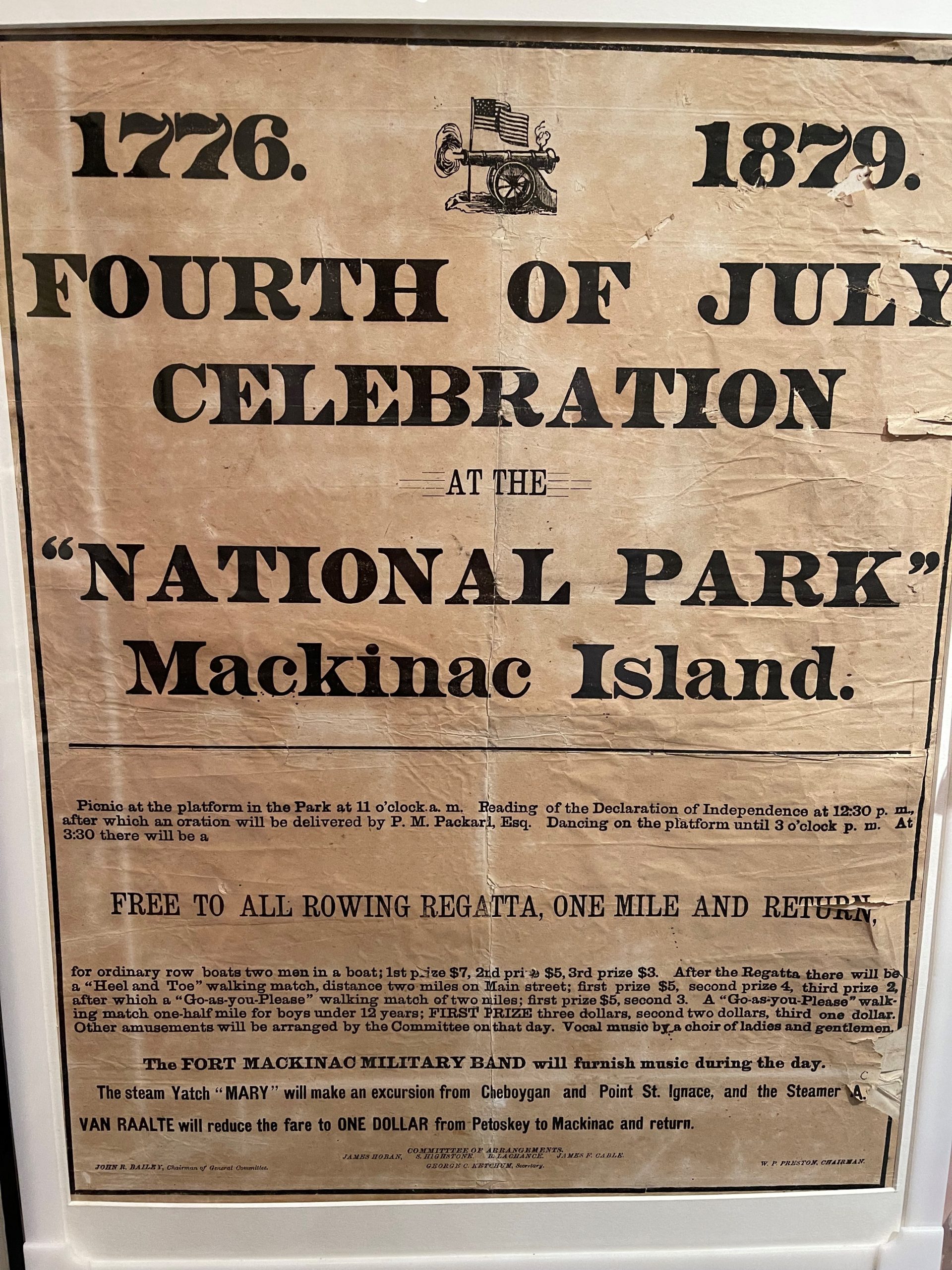
With the holiday weekend upon us, let’s look at how the soldiers and civilians of historic Mackinac celebrated.
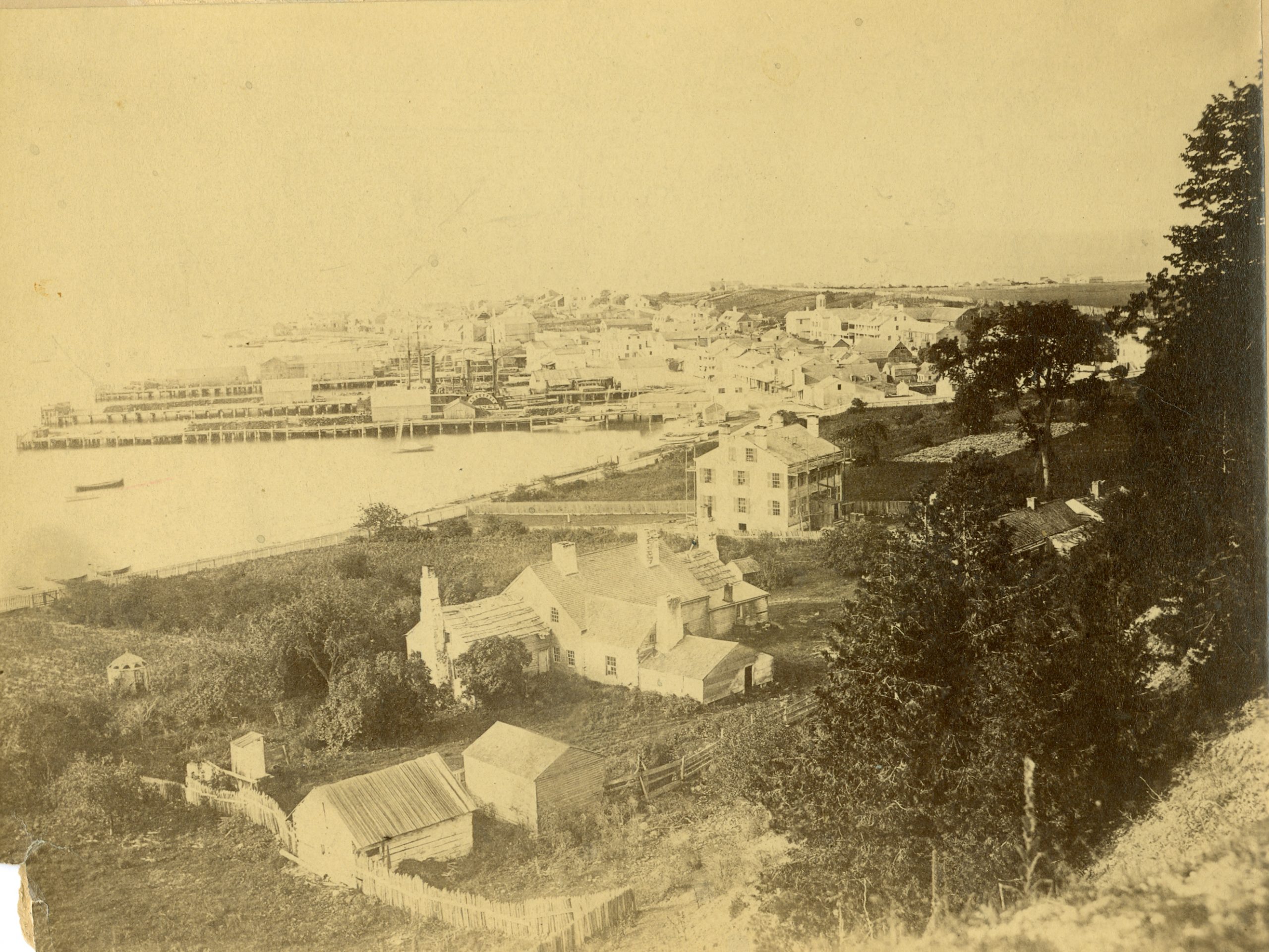
Modern visitors to Mackinac Island still have a chance to see numerous reminders of the community’s heyday as a center of the Great Lakes fur trade.
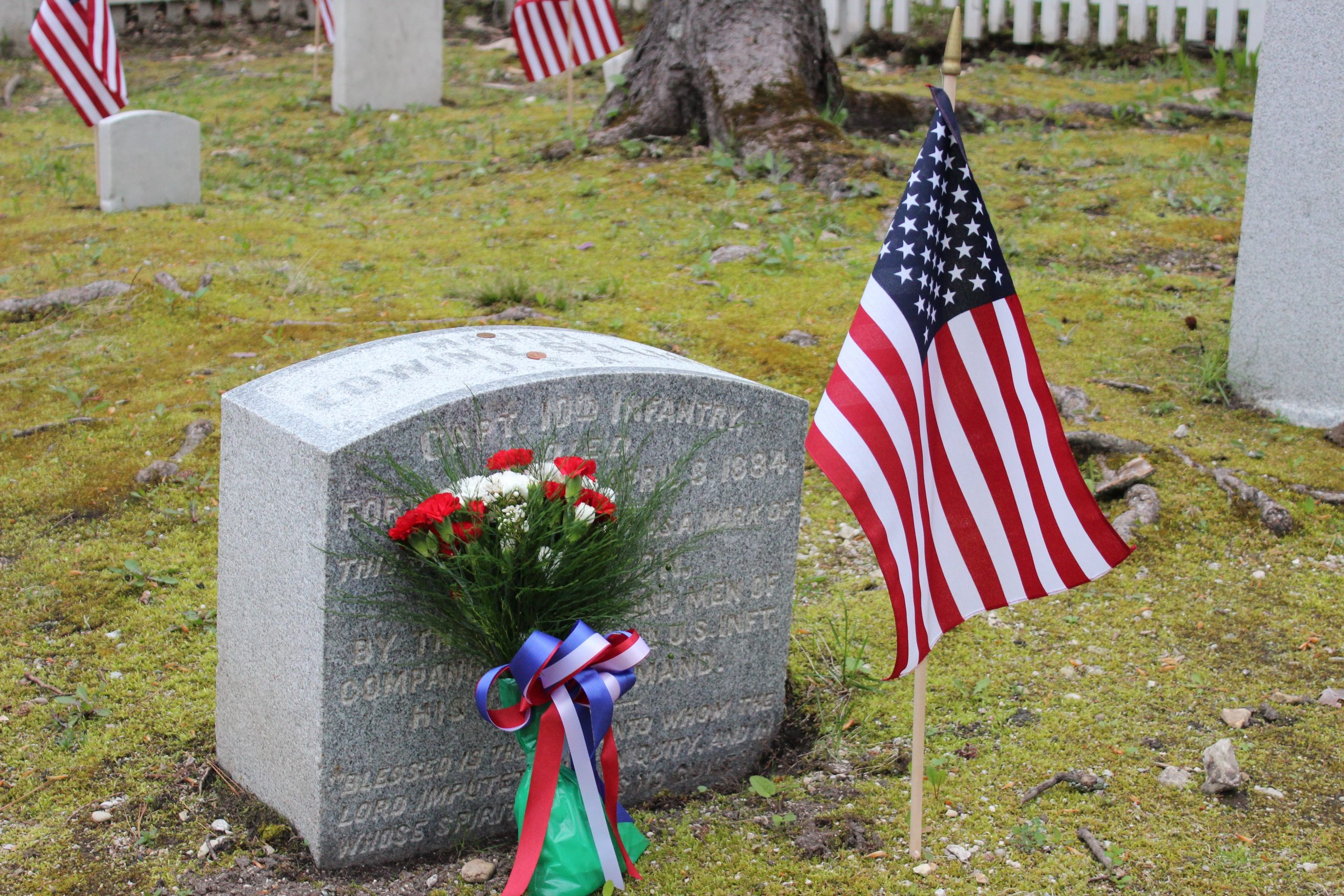
It’s a crisp morning in late May. Members of the 23rd Regiment at Fort Mackinac assemble on the parade ground in their dress uniforms and begin the slow, somber march out of the North Sally Port at Fort Mackinac and head toward the Post Cemetery.

Miles of footpaths on Mackinac Island and at Mill Creek invite you to slow your pace, pay attention, and let nature’s beauty refresh your mind and spirit. Welcome to the North Woods. This is Mackinac.
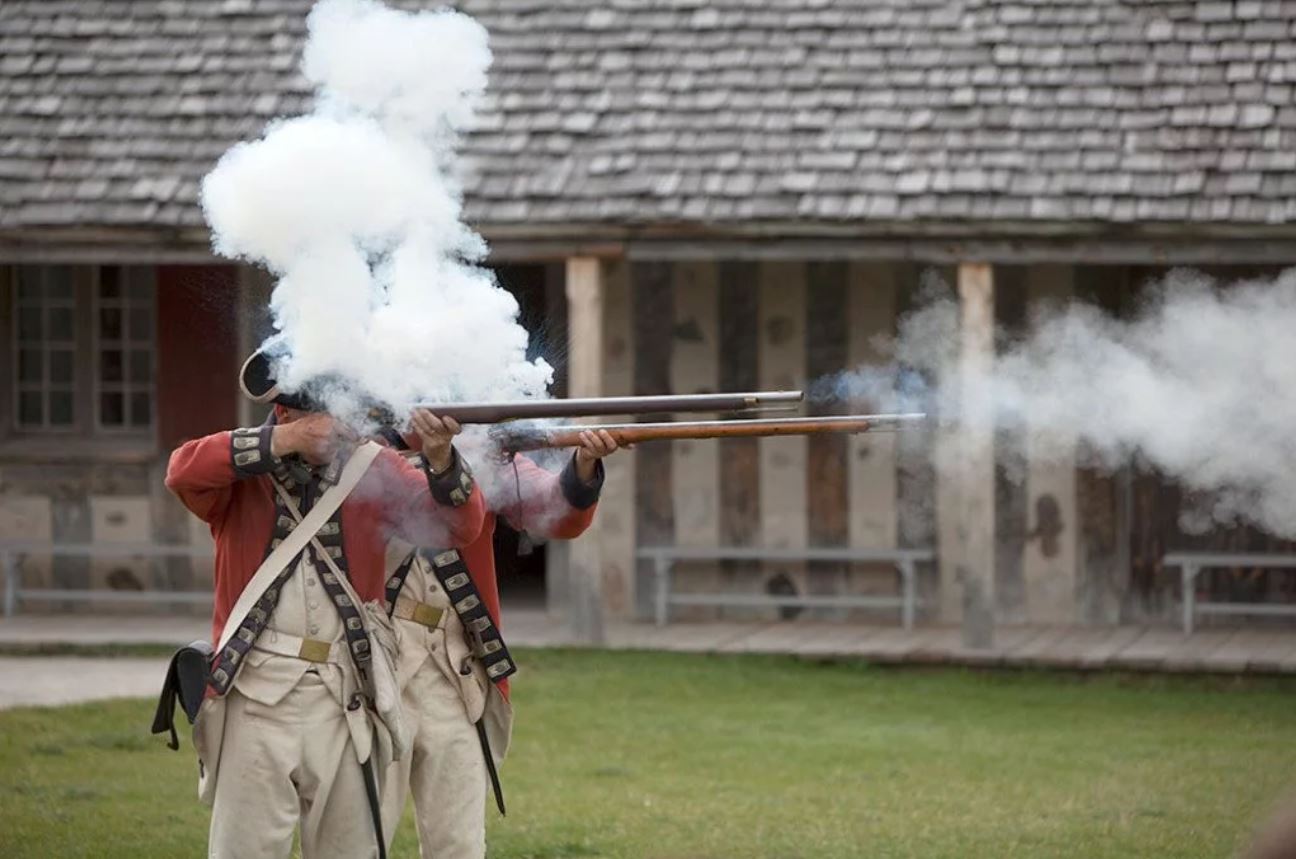
With COVID-19 health precautions at Mackinac State Historic Parks, you can safely visit and enjoy any or all of the sites in Mackinaw City and on Mackinac Island this year.

Today, we would like to share with you what the Mackinac Island State Park Visitor Center on Mackinac Island is all about and what you can find there.
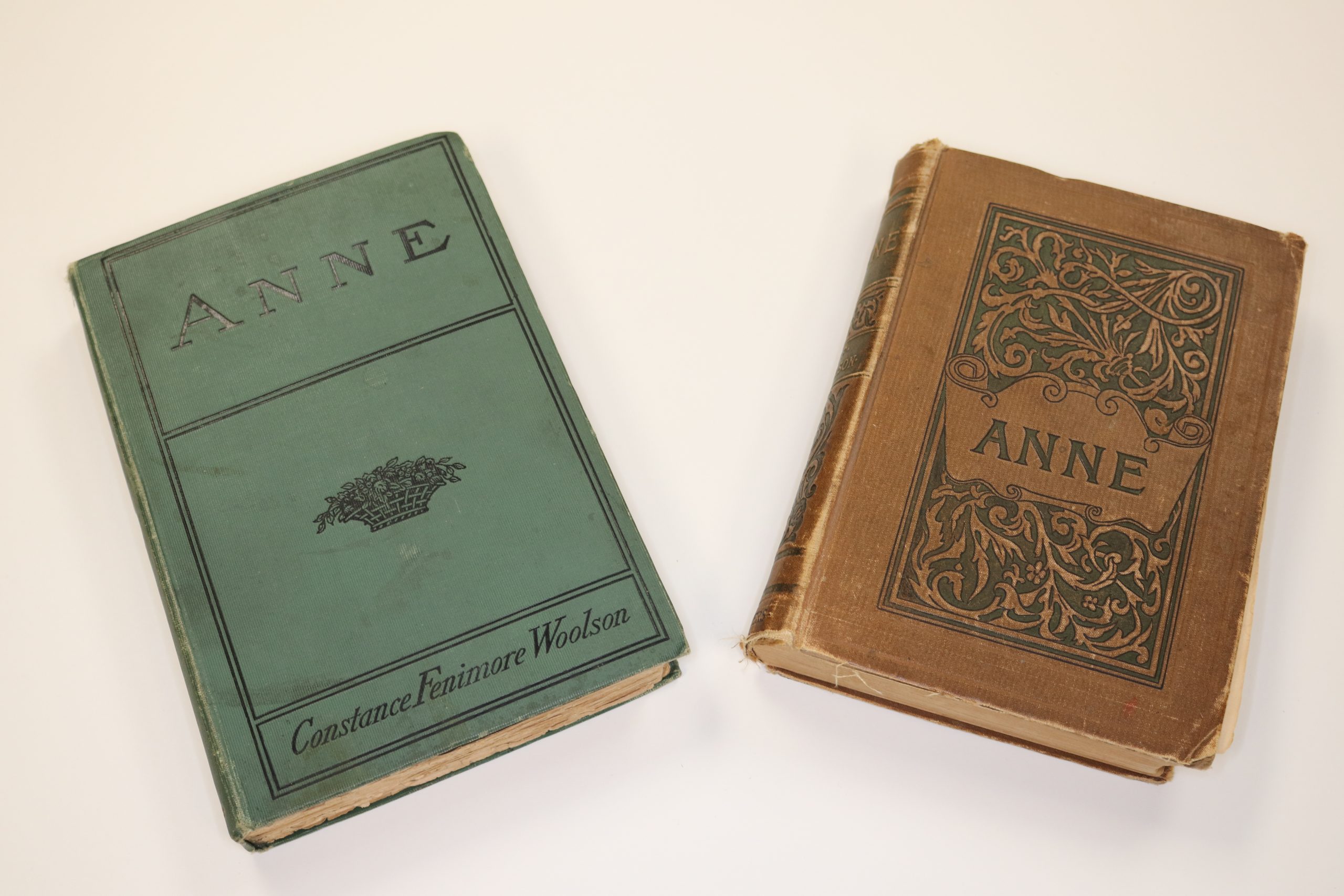
Two such 19th century women writers, long overlooked compared to their male contemporaries, nevertheless also took inspiration from Mackinac’s one-of-a-kind scenery and made notable, even remarkable contributions to literature.
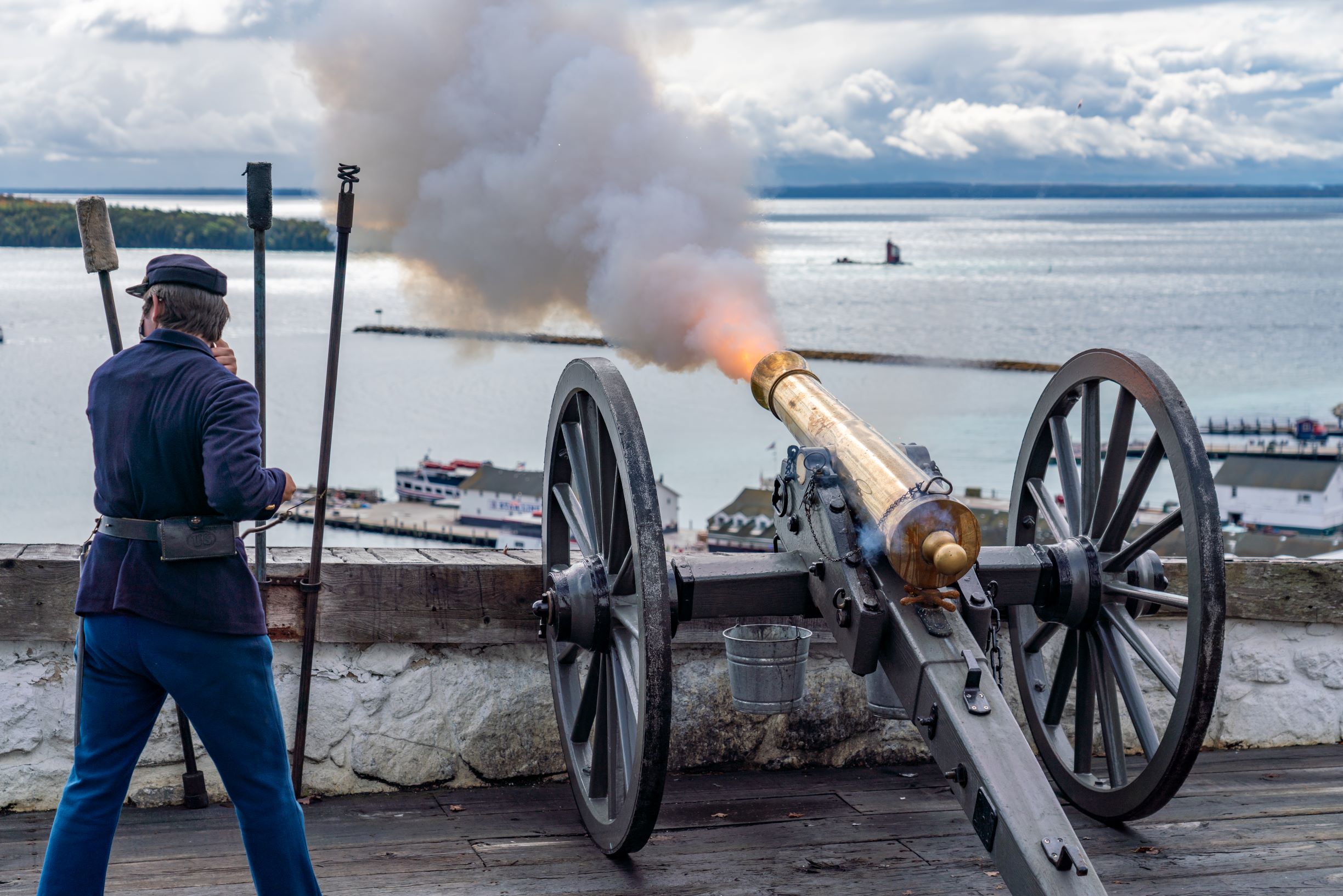
Opening day for Mackinac State Historic Parks’ sites is a little more than two months away, and MSHP staff have been busy readying new tours, exhibits, publications, and more.